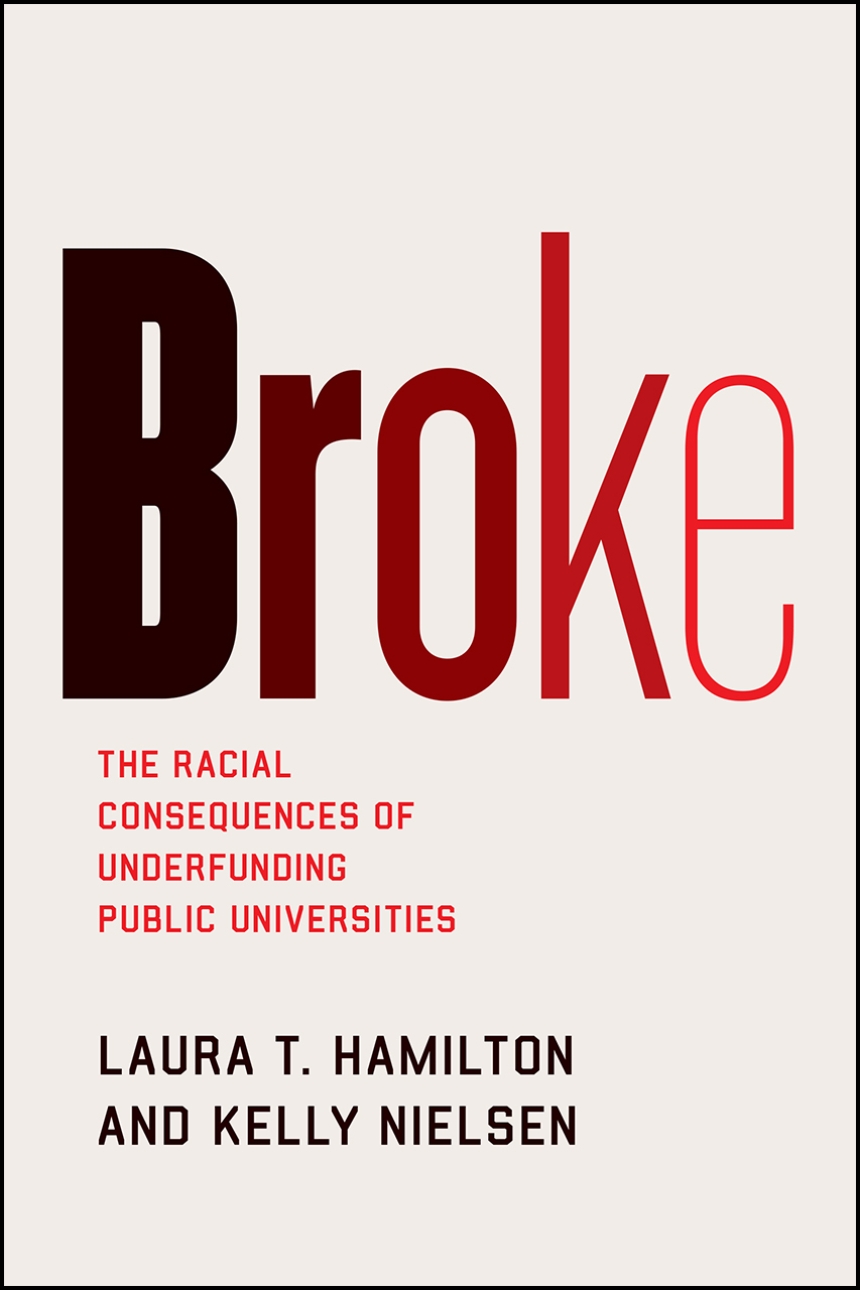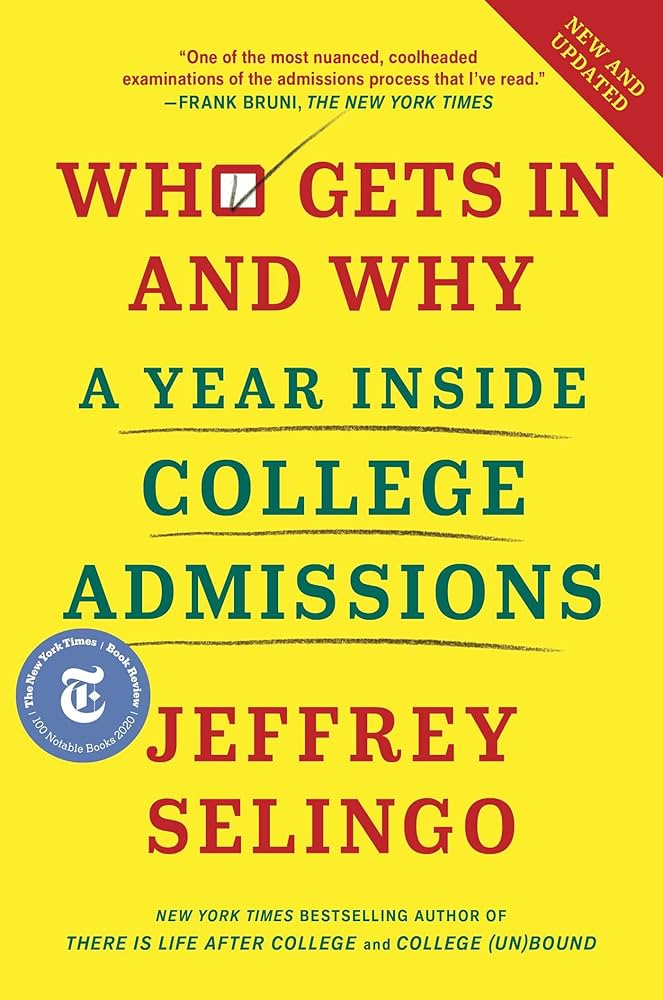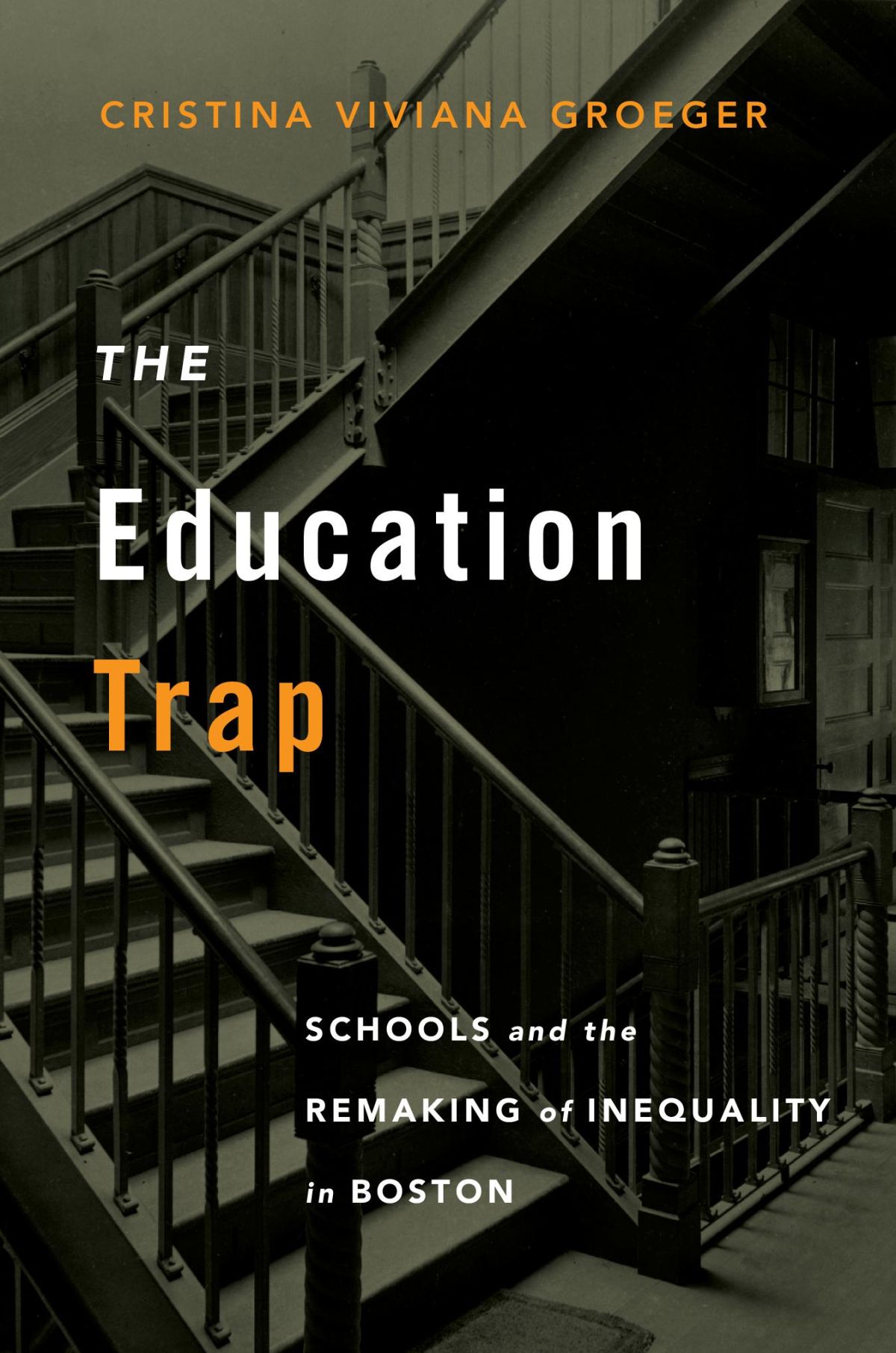Both for themselves and for others, Americans carry an enduring faith that a college education creates opportunity for rising up social ranks. Considerable evidence from historians and social scientists shows that this conviction is, in the aggregate, misplaced. In the contemporary United States, higher education does more to exaggerate than relieve class and cultural divisions.
Let’s start with history. Cristina Groeger argues in The Education Trap: Schools and the Remaking of Inequality in Boston that the US higher-education ecology was designed to cement rather than to remediate privileges of birth. It’s a lively and fascinating account of occupational politics and entrepreneurial ambition, crafted with scholarly care and recounted lucidly. For those who would see the expansion of educational opportunity as a harbinger of social equity and inclusion, however, it is not an encouraging story.
Turn-of-the-century Bostonians were proud of providing myriad forms of education for their city’s citizens, a legacy grounded in the bookish religious traditions of its Anglo-Protestant founding families. Harvard College was only the first of scores and then hundreds of schools in the region. Although some conformed to the model of private nonprofit education we’ve come to associate with schools like Harvard, many others were for-profit businesses: historical antecedents to the latter-day University of Phoenix or Coursera. These schools offered training for the sorts of occupations increasingly in demand at the subordinate levels of emerging workplace bureaucracies: bookkeeping, stenography, typing, and office management, among others. Such programs found ready customers among the Irish and Italian Catholic immigrants who rapidly changed the social landscape of greater Boston in the decades following the Civil War.
Harvard’s leaders saw other schools and their patrons as threats. Together with the Boston Brahmins who funded and drew status from their alma mater, Harvard’s leaders moved to safeguard their constituents’ privileges, and establish the institution as the focal machine for reproducing Boston elites. Harvard did this first by erecting walls around admissions: Anglo-Protestant applicants were explicitly favored. It then carefully negotiated its role as the instituting prime broker between its students and their first jobs. Harvard shored up its connections with exclusive employers, especially merchant banks and the law firms that came to be known as “white shoe”—meaning that they drew from a few prestigious schools whose graduates favored white buckskin footwear with red soles and heels. Such firms serviced the interests of the corporations then coming to dominate the regional economy. In establishing these school-to-work channels, Harvard made itself into a club whose members could expect to build social connections leading to lucrative first jobs.
Those excluded from Harvard Yard were not thrust out of the game entirely. Schools like Boston College and Boston University emulated the Harvard model and matched Catholic Bostonians with jobs of similar social status to their schools. Farther down the status ladder, colleges and universities shuttled students into occupations corresponding to their descending rungs.


